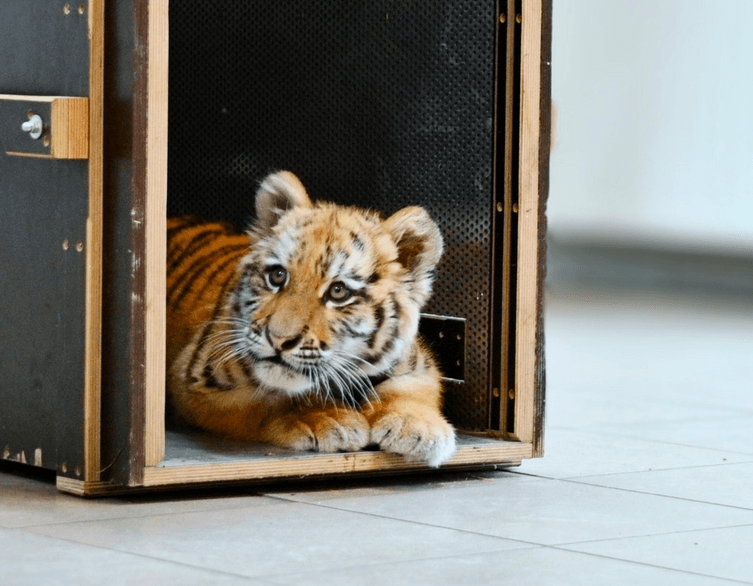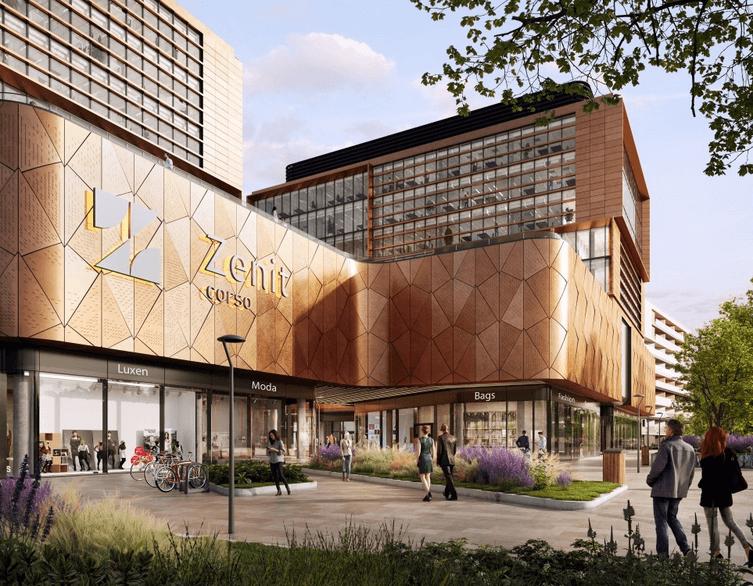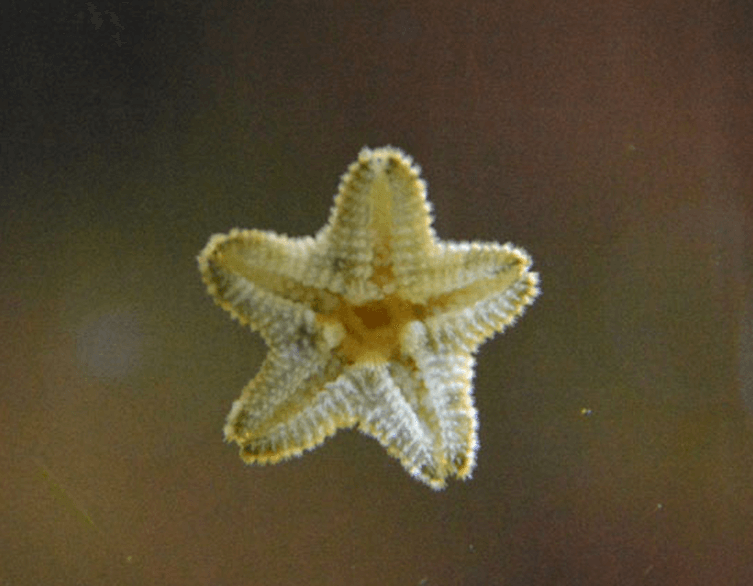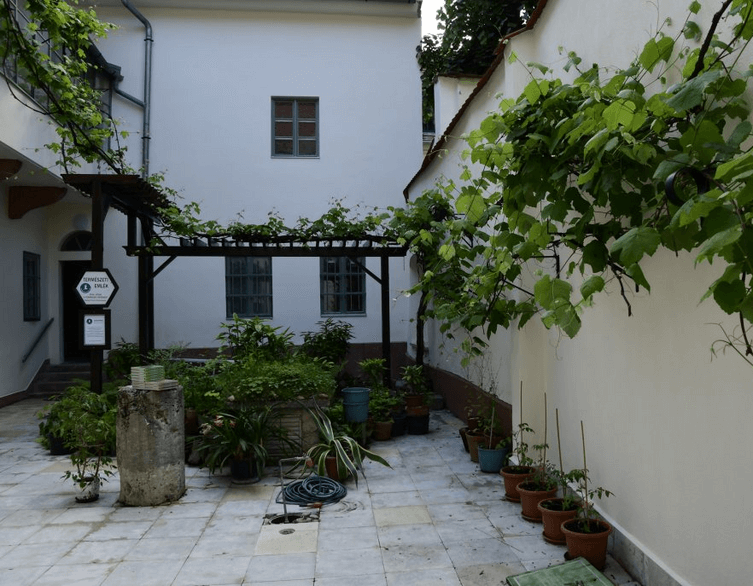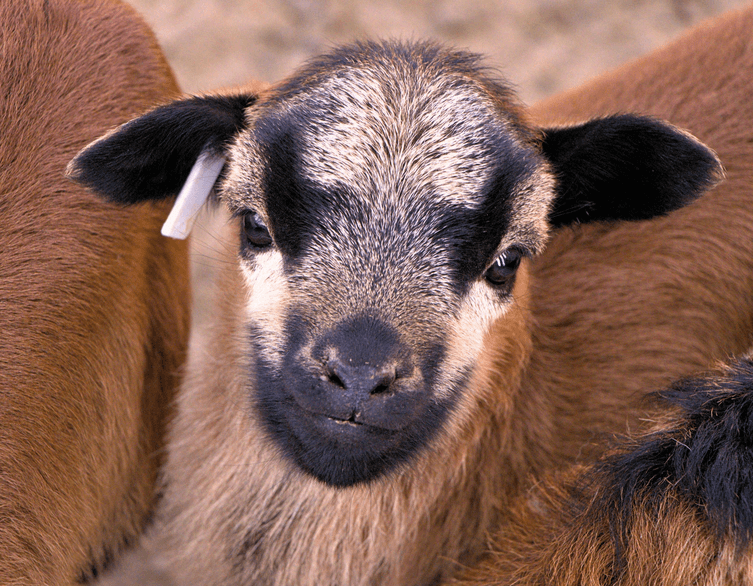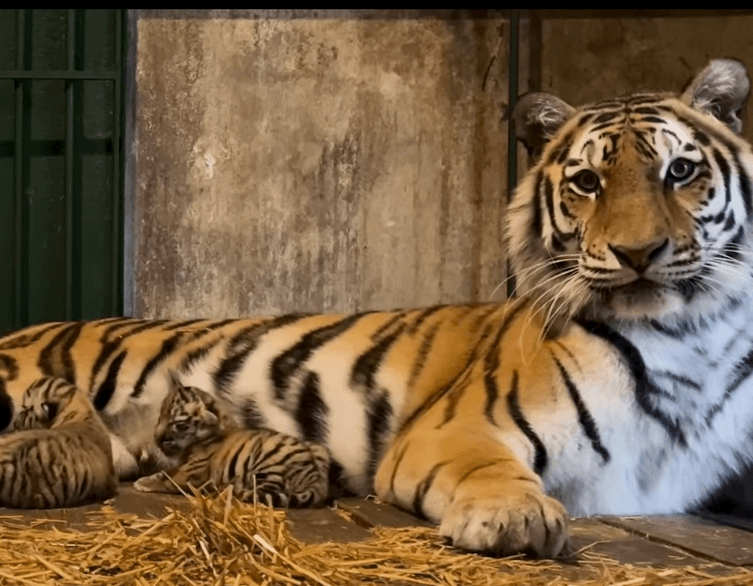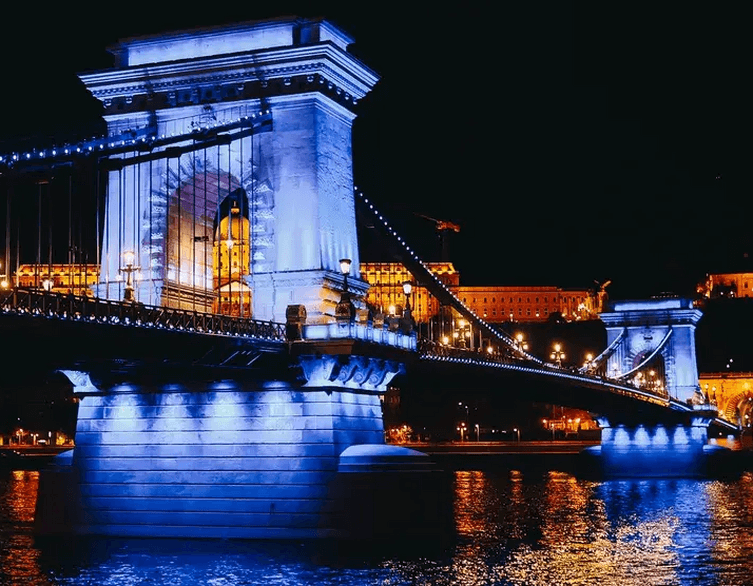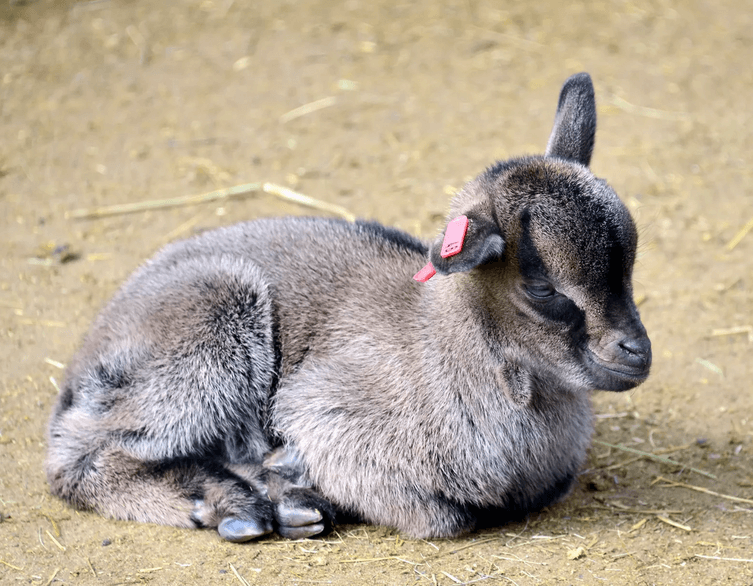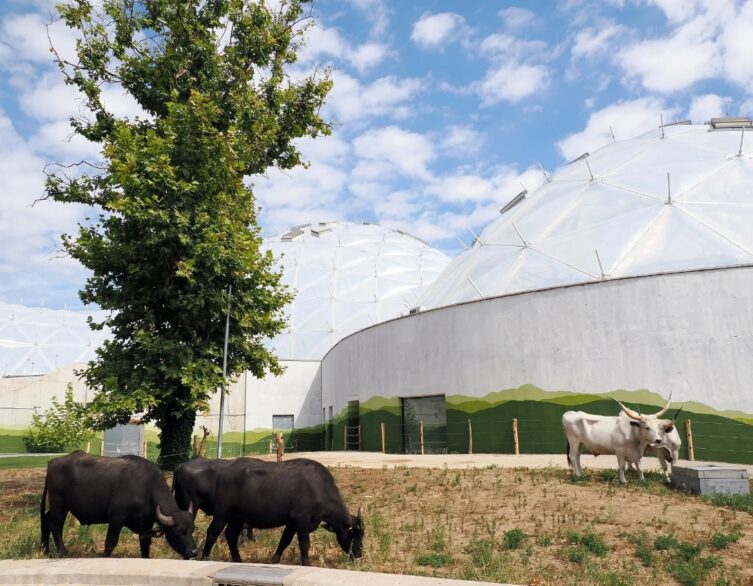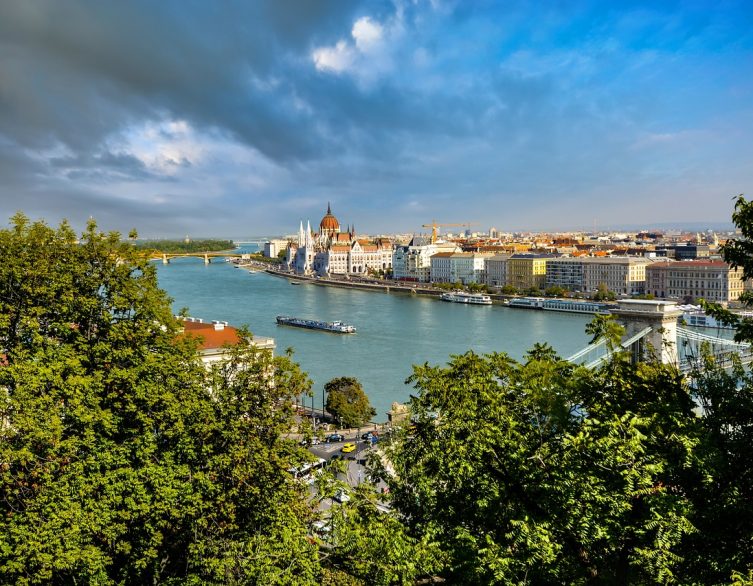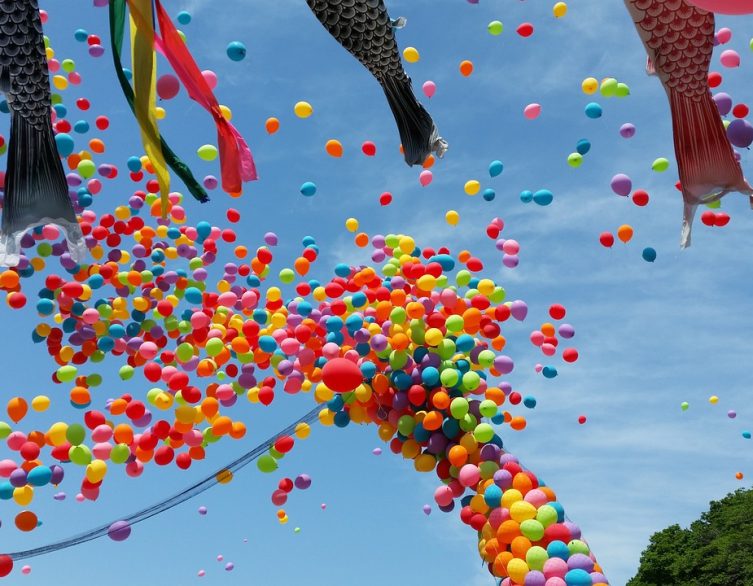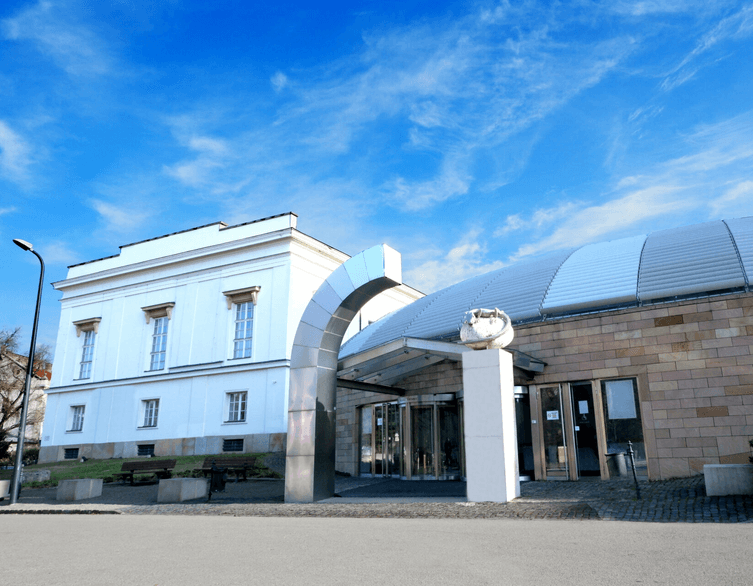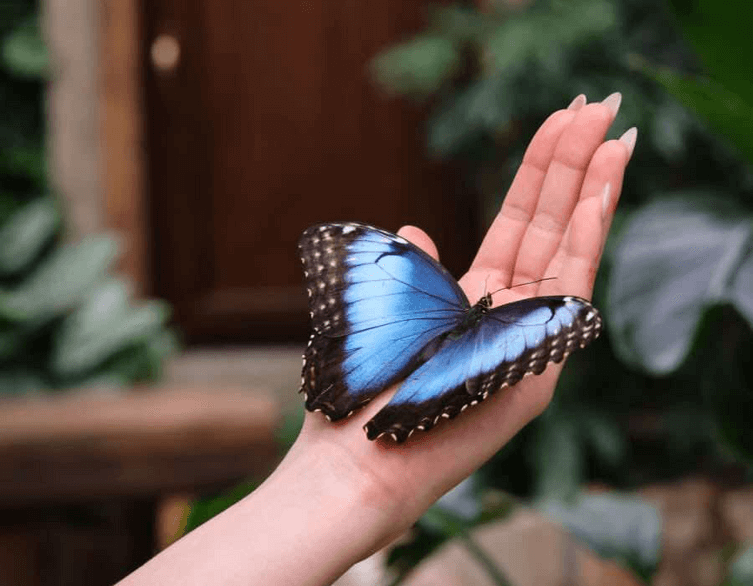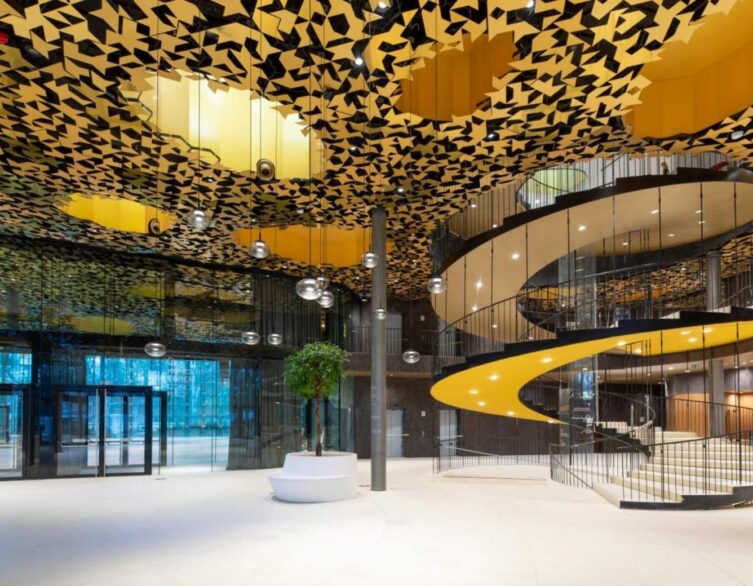The Budapest Zoo & Botanical Garden: The Wonders of Nature In The Heart of Budapest
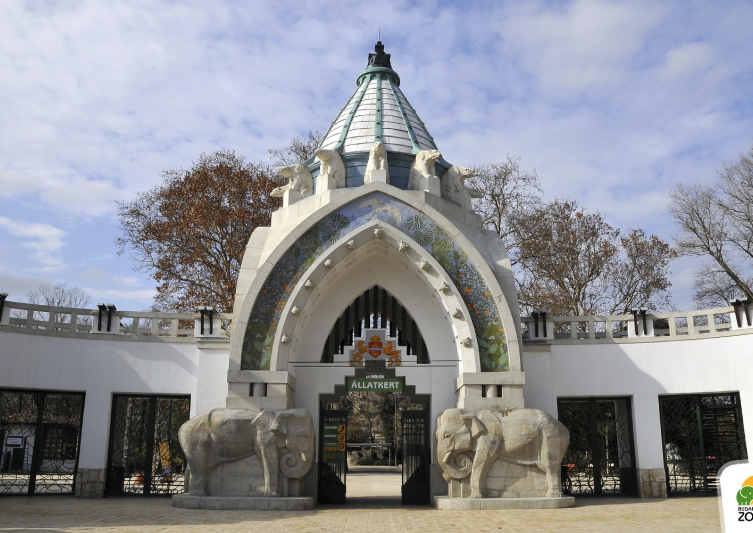
The Budapest Zoo & Botanical Garden is one of the oldest zoos in the world and a must-see attraction for any foreign tourist visiting Hungary’s capital city. With a rich history dating back to 1866, this zoo not only houses a diverse collection of animals but also boasts significant historical and architectural value.
History
The idea of establishing a zoo in Budapest first emerged during the Reform Era in the early 19th century. However, due to political instability and the Hungarian Revolution of 1848, the plans were put on hold. It wasn’t until the 1860s that the concept resurfaced, and thanks to the efforts of József Szabó, János Xántus, Ágoston Kubinyi, and other founders, the Budapest Zoo finally opened its gates on August 9, 1866.
Throughout its history, the zoo has undergone several transformations and faced numerous challenges, including the economic hardships of World War I and the destruction caused by World War II. Despite these obstacles, the Budapest Zoo has always managed to rebuild and reinvent itself, becoming a beloved institution for both locals and visitors alike.
Architecture
One of the most striking features of the Budapest Zoo is its architectural beauty. The zoo’s buildings and structures represent various styles, including Art Nouveau, Baroque, and Gothic Revival. Many of these buildings were designed by renowned Hungarian architects such as Kornél Neuschloss, Károly Kós, and Dezső Zrumeczky.
Best deals of Budapest
Some of the most notable architectural highlights include:
- The Elephant House: Designed by Kornél Neuschloss, this iconic building features a distinctive dome and intricate decorative elements.
- The Palm House: Built in the early 20th century, this stunning glass and iron structure houses a variety of exotic plants and also includes an aquarium.
- The Main Entrance: The zoo’s main gate is a beautiful example of Art Nouveau architecture, featuring elaborate wrought iron designs and animal sculptures.
These architectural marvels not only provide a beautiful backdrop for the zoo’s animal inhabitants but also offer visitors a glimpse into Budapest’s rich architectural heritage.
Animal Encounters
The Budapest Zoo is renowned for its diverse collection of animals, with over 1,000 species represented. Visitors can observe majestic lions, playful monkeys, and curious meerkats in the zoo’s beautifully designed enclosures. The zoo is also home to several rare and endangered species, such as the Komodo dragon and the Sumatran tiger, which are part of the zoo’s conservation efforts.
One of the highlights of the zoo is the recently renovated Elephant House, where visitors can watch the gentle giants up close and learn about their behavior and habitat. The zoo also features a large aviary, where colorful birds from around the world can be seen flying freely in a spacious, natural environment.
Botanical Wonders
In addition to its impressive animal collection, the Budapest Zoo boasts a stunning botanical garden with over 2,000 plant species. The garden is divided into several themed areas, each showcasing the flora of different regions around the world.
The Palm House is a particular favorite among visitors, with its towering tropical trees and exotic plants creating a lush, green oasis in the heart of the city. The Cactus House is another popular attraction, featuring an extensive collection of cacti and succulents from the Americas.
The botanical garden also includes a Japanese Garden, complete with a traditional tea house and serene water features, providing a peaceful retreat for visitors to relax and unwind.
Conservation and Education
The Budapest Zoo is dedicated to conservation and education, with numerous programs aimed at protecting endangered species and raising awareness about wildlife conservation. The zoo participates in several international breeding programs and works closely with other zoos and conservation organizations to protect threatened animals.
Throughout the zoo, visitors will find informative displays and educational exhibits that provide insights into the animals’ habitats, behaviors, and conservation status. The zoo also offers guided tours and workshops, allowing visitors to learn more about the animals and plants that call the Budapest Zoo home.
Getting There
The Budapest Zoo & Botanical Garden is conveniently located in the heart of the city, within the historic City Park (Városliget). Visitors can easily reach the zoo using public transportation:
- Metro: Take the M1 (yellow line) to the Széchenyi fürdő stop, which is just a short walk from the zoo’s main entrance.
- Trolleybus: Take trolleybus 72 to the Állatkert stop, which is directly in front of the zoo.
- Bus: Several bus lines, including 20E, 30, 30A, 105, and 230, stop near the zoo.
In conclusion, the Budapest Zoo & Botanical Garden is not just a home for animals but also a testament to the city’s rich history and architectural heritage. Its convenient location and easy accessibility make it a perfect destination for foreign tourists looking to explore the best of what Budapest has to offer. Don’t miss the opportunity to step back in time and immerse yourself in the beauty and wonder of this iconic Hungarian landmark.
Image source: facebook.com/allatkert
Related news
Related events
Related attractions


















